This week is World Allergy Week, a week that aims to raise awareness about allergies and give people the tools and support to manage them effectively. Hay fever and other allergies can affect your concentration, motivation and overall mood. That's why it's advisable for hay fever and allergy sufferers to tackle allergens wherever possible.
One key way to manage hay fever and allergy symptoms is to adapt your bedroom to be less allergen-friendly. That's why we've provided some handy advice below to reduce causes of allergies and hay fever in your home.
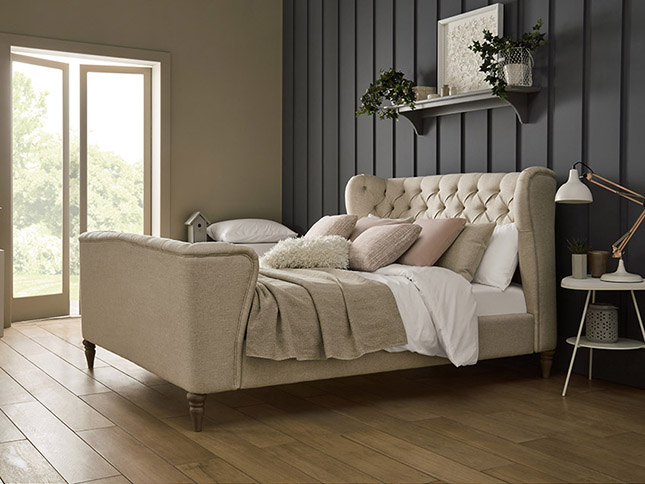
The most common allergens to be found in your bedroom are:
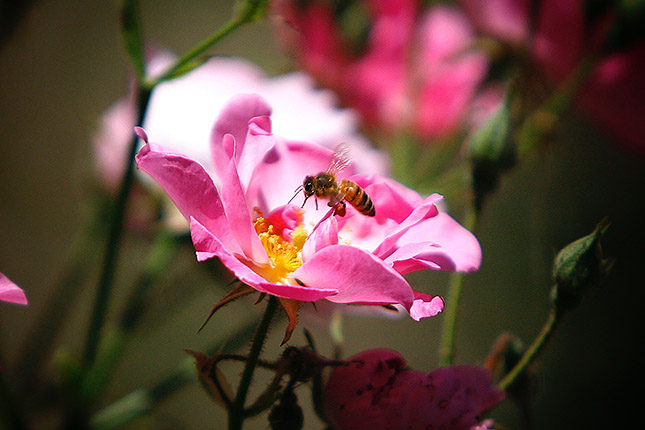
In Britain, there are three kinds of hay fever caused by three types of pollen. Different plants produce pollen at different times of year. You can tell which pollens you are allergic to by when you experience symptoms.
If you suffer from more than one type of hay fever, or even all three types, you may find yourself sneezing throughout both spring and summer.
Beds with natural fillings can be very comfortable, but they are best avoided if you suffer badly from allergies. Examples of natural mattress fillings are wool, cotton, cashmere, mohair, silk and hemp.
Memory foam mattresses, gel mattresses and latex mattresses are anti-allergenic. This is because they are resistant to dust mites, and dust mite droppings are one of the biggest causes of allergies. Use a mattress protector to prevent dust mites from accumulating on the surface of your memory foam mattress, and wash the mattress protector regularly.
If you simply can't give up natural bed fillings, do plenty of research before you buy your next mattress. Some natural fillings are less likely to set off allergies. Alpaca wool, for instance, is naturally hypoallergenic because it contains no lanolin (also known as wool yolk), a substance that causes wool allergies. Cotton will also help to alleviate your symptoms as it prevents the build-up of allergens in your mattress.
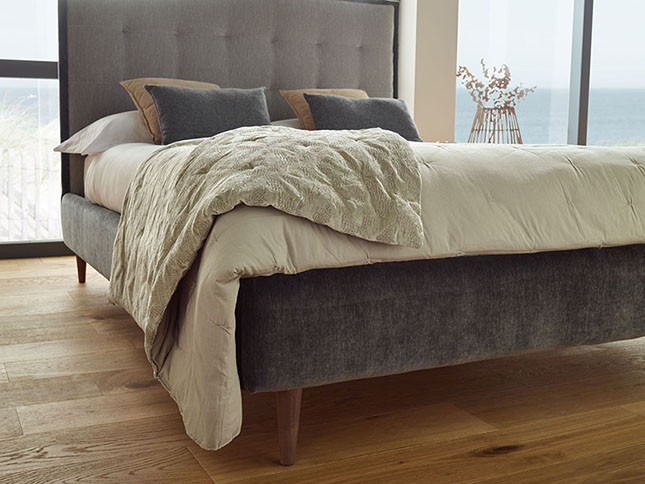
Dust mites are attracted to our beds because of the moisture and heat generated by our bodies. Mould also grows in mattresses in warm conditions. Staying cool and dry at night is therefore a good defense against both of these issues.
Choose a well-ventilated mattress that is effective at wicking away moisture and regulating body temperature. Try not to use bedding that makes you too warm while you sleep and air out your home regularly.
Regularly cleaning and hoovering your mattress and carpets is a cheap and easy way to reduce your symptoms, as it helps to get rid of allergens like pet dander and dust. Use a double bag for vacuuming so that allergens and dust mite particles are less likely to escape back into the bedroom.
Wet-vacuum your carpets if you can. Steam cleaning is particularly effective at getting rid of dust mites.
Proper mattress maintenance will prevent a build up of bacteria that, in humid conditions, will cause mould to grow. Cleaning your mattress with baking soda or white vinegar will help to get rid of any mould already present in your mattress.
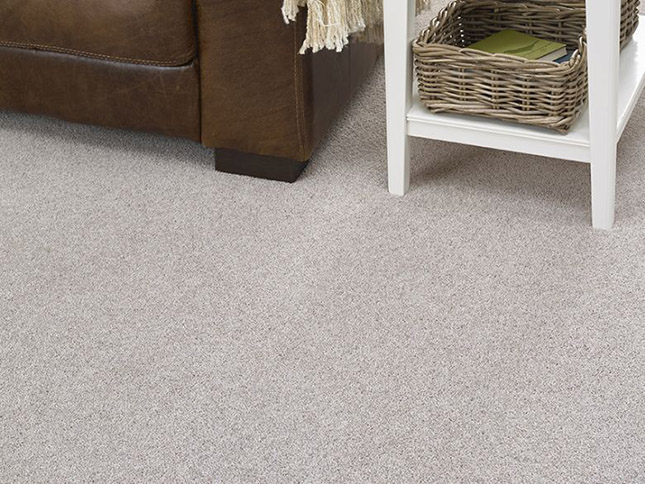
We spend about a third of our lives sleeping, and therefore a third of our lives in bed. If anything on your pillow or bedding is exacerbating your allergies, you are going to be lying on it, and breathing it in, for seven or eight hours each night. If that's the case, it should hardly be a surprise if you awaken the next morning with itchy eyes or a blocked nose.
By changing your pillow cases often and washing them in hot water (over 55 degrees centigrade to kill dust mites), you are getting rid of any pollen, sweat, dead skin, dust mites or germs that have accumulated on the fabric. Not only is this generally more hygienic, but it helps with hay fever, allergies and bad skin.
While it has long been maintained that synthetic pillows and bedding are less likely to contribute to allergies than natural alternatives, some evidence suggests that there is little difference between the two — good news if you are especially fond of down or feather bedding.
That said, tight-weave pillow cases and mattress protectors are more effective at keeping out dust and mites and are worth thinking about if you or someone you care about suffers with allergies or hay fever.
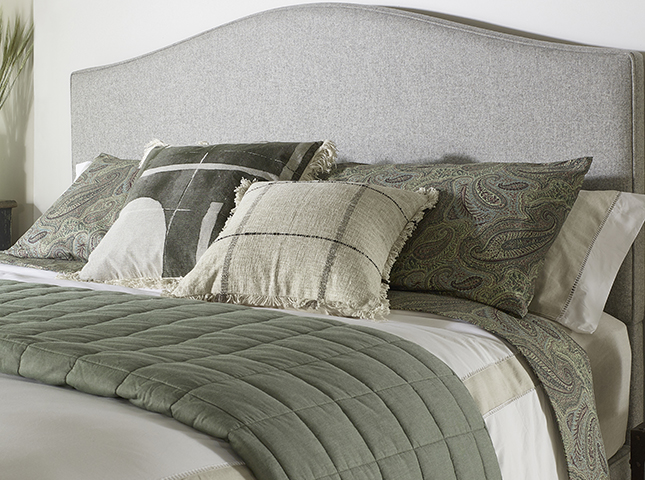
Finally, try to reduce the amount of fabric upholstery in your bedroom by getting rid of carpets and fabric furniture. The best alternatives are wood, protected leathers and plastics — anything that can be easily wiped clean. You may opt for a wooden bed frame instead of a divan, or a leather accent chair instead of a fabric occasional chair.
If you'd like a change of mattress, a new pillow or mattress protector, or any other furniture to help with allergies and hay fever, browse our options online or in your local showroom. Alternatively, give us a call on 0333 200 1552.